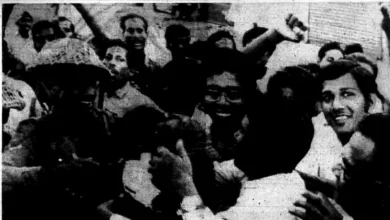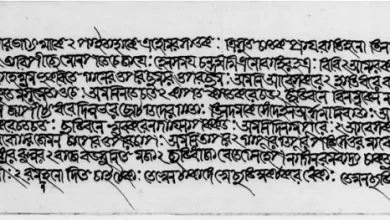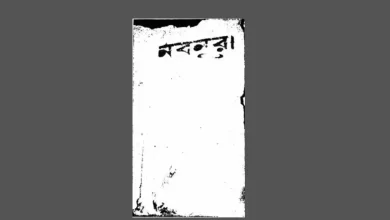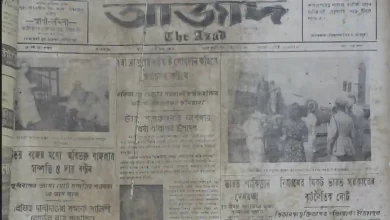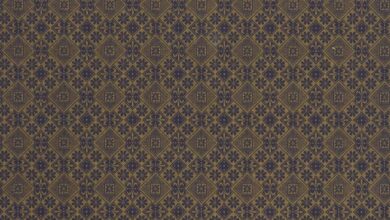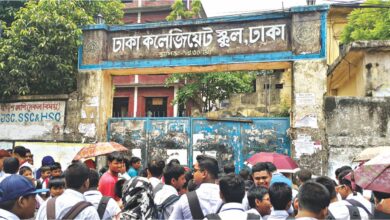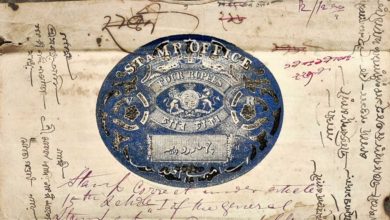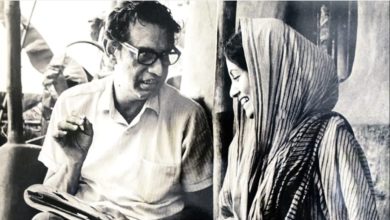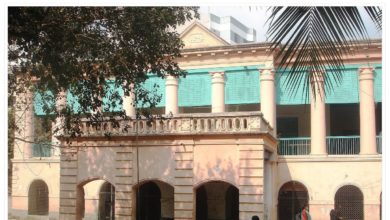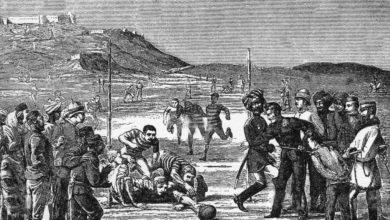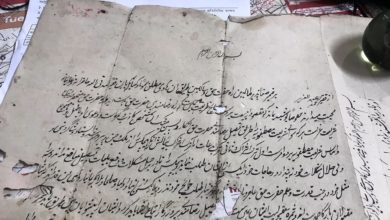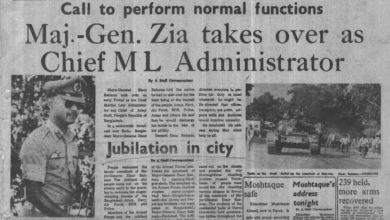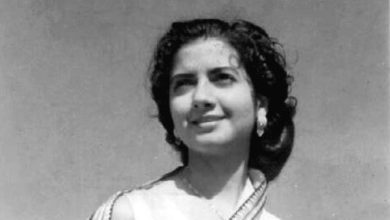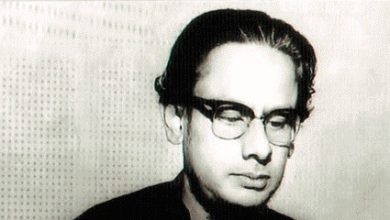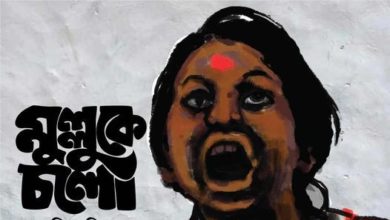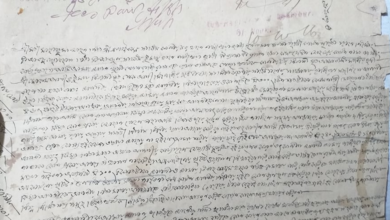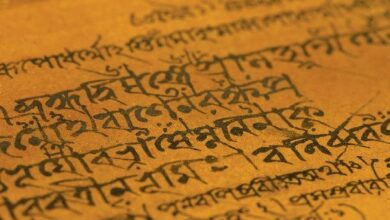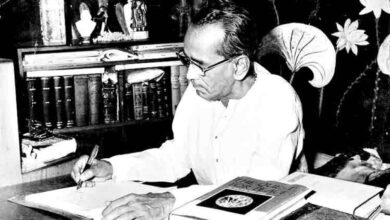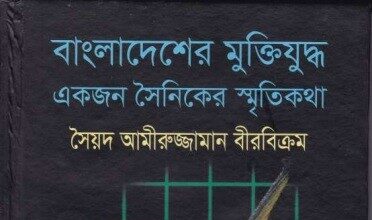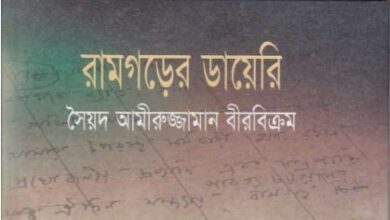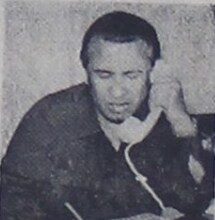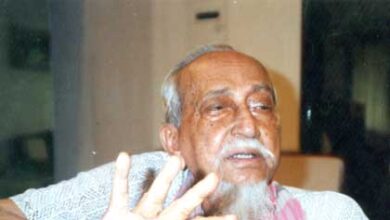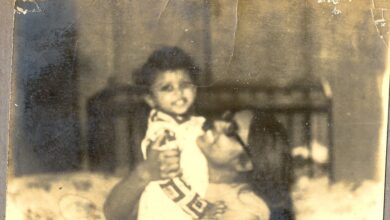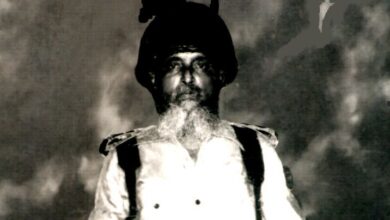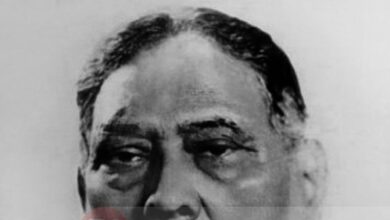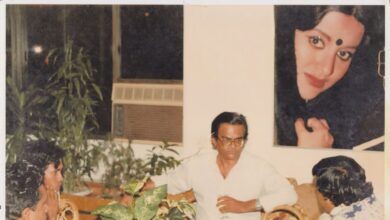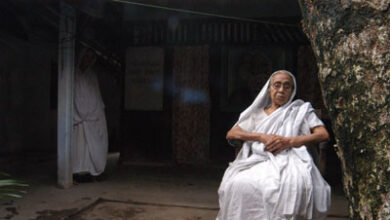Bichitra, a defunct weekly literary publication, holds a cherished place in the cultural and intellectual history of Bangladesh. Launched in 1972, shortly after the country’s independence, Bichitra emerged as a pioneering platform for literary expression, political discourse, and cultural commentary. Owned by the Government of Bangladesh and edited by the renowned Shahadat Chowdhury, with Fazal Shahabuddin as its founding editor, the magazine became a beacon of creative and intellectual thought during its time. Its contributions to Bangladeshi journalism and its role in shaping public discourse make it a historic milestone, even years after its closure.
The Birth of Bichitra
Founded in 1972, Bichitra was born in the euphoric aftermath of Bangladesh’s Liberation War. The magazine aimed to capture the spirit of a newly independent nation, providing a platform for writers, poets, artists, and intellectuals to reflect on the country’s identity, struggles, and aspirations. Unlike many contemporary publications that focused solely on news, Bichitra distinguished itself by emphasizing literature, culture, and social issues, blending them with political commentary. Its weekly format allowed it to stay relevant and responsive to the rapidly evolving socio-political landscape of post-independence Bangladesh.
The first issue of Bichitra was published on May 18, 1972.

One of Bichitra’s most notable achievements was its special Eid editions. These editions featured festive content, including short stories, essays, and poetry, resonating deeply with readers during cultural and religious celebrations. Although some claim that Bichitra introduced the concept of special Eid issues in Bangladesh, this is not accurate. The tradition of Eid publications was already well established during the Pakistan period. In fact, Bangladesh on Record holds in its collection an Eid issue of Millat magazine, published as early as 1946.
Iconic Contributions to Culture
Bichitra’s legacy is perhaps best exemplified by its role in introducing the iconic cartoon character Tokai, created by Rafiqun Nabi, on May 17, 1978. Tokai, a street-smart, witty urchin navigating the challenges of urban life, became a cultural phenomenon, offering a satirical lens on social inequalities and political issues. The cartoon’s enduring popularity underscores Bichitra’s ability to connect with readers across generations, blending humor with poignant social commentary. Tokai remains one of Bangladesh’s most beloved fictional characters, a testament to the magazine’s cultural impact.
The magazine also served as a platform for significant historical reflections. In 1972, Ziaur Rahman, a key figure in the Liberation War and later President of Bangladesh, published an article in Bichitra discussing his role in the war and the leadership of Sheikh Mujibur Rahman. This piece offered readers a firsthand perspective on the nation’s founding moments. Similarly, in 1991, poet and activist Sufia Kamal shared her memories of the Liberation War in an interview with the magazine, further enriching its archive of historical narratives. These contributions highlight Bichitra’s role as a repository of Bangladesh’s collective memory.
Editorial Leadership and Controversies
Under the editorship of Shahadat Chowdhury, Bichitra maintained a high standard of journalism, blending literary excellence with bold commentary. However, the magazine was not without controversy. In a notable incident, executive editor Shahriar Kabir was dismissed due to his involvement in the Gono Adalat, a public tribunal movement that stirred political debate. This event underscored the magazine’s entanglement with the complex political dynamics of the time, reflecting its willingness to engage with contentious issues, even at the risk of internal conflict.
A Platform for Literary Excellence
Bichitra was widely regarded as a literary magazine, publishing works of fiction, poetry, and essays by some of Bangladesh’s most prominent writers. Its pages featured contributions from both established and emerging voices, fostering a vibrant literary culture. The magazine’s focus on Bangla literature made it a favorite among students, intellectuals, and literary enthusiasts. Unlike many modern magazines that prioritize entertainment or celebrity culture, Bichitra emphasized intellectual rigor and creative expression, earning it a reputation as a “pioneering magazine” in Bangladesh’s media landscape.
Challenges and Decline
Despite its success, Bichitra faced challenges that eventually led to its closure. The magazine operated in a competitive media environment, with rising costs and the advent of digital media posing significant hurdles. As online platforms gained popularity, print magazines like Bichitra struggled to maintain readership. Additionally, its government ownership may have limited its editorial independence, creating tensions in an era of shifting political climates. While the exact reasons for its closure remain undocumented in available sources, Bichitra’s cessation marked the end of an era in Bangladeshi journalism.
Legacy and Lasting Impact
Bichitra’s influence endures in Bangladesh’s cultural and literary spheres. Its special Eid editions, introduction of Tokai, and publication of significant historical accounts have left an indelible mark. The magazine’s commitment to fostering intellectual discourse and celebrating Bangla literature inspired subsequent publications, many of which adopted its model of blending culture, politics, and creativity. Magazines like Kali o Kolom and Anannya owe a debt to Bichitra’s trailblazing approach.
Today, Bichitra is remembered as a symbol of Bangladesh’s post-independence aspirations—a publication that captured the nation’s spirit through its stories, cartoons, and essays. While it no longer graces newsstands, its legacy lives on in the works it published and the cultural milestones it established. For those studying Bangladeshi media or literature, Bichitra remains a touchstone, illustrating the power of print media to shape a nation’s identity and discourse.
Bangladesh on Record Collection
Bangladesh on Record holds a valuable collection of digital copies of Bichitra
To request copies of the magazine, please email [email protected] or send a WhatsApp message to +8801728471997.
Below is the list of available issues in our archive.









